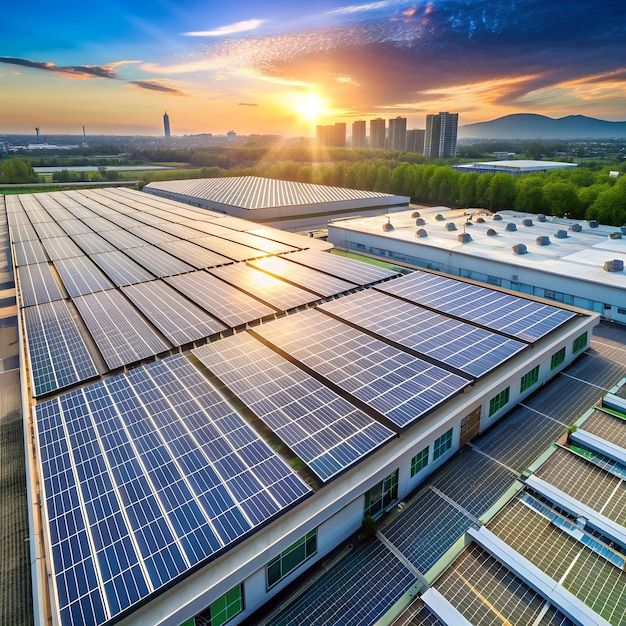Installing solar panels on a rooftop requires penetrating the roof surface to secure mounting hardware. While these penetrations are necessary for stability, they also pose a risk of water intrusion if not executed correctly. Proper roof penetration practices are essential to ensure your solar installation remains secure, efficient, and leak-free for decades. Understanding and applying best practices protects both your roof and your Solar Panel Installation Derby investment.
1. Understand the Types of Roof Penetrations
Different roofing materials and mounting systems require specific penetration methods:
-
Asphalt Shingles: Use lag bolts with flashing and sealant to prevent leaks.
-
Metal Roofs: Employ clamps or brackets designed for standing seams to avoid drilling whenever possible.
-
Tile or Slate Roofs: Require careful tile removal and specialized anchors to protect the underlying roofing membrane.
-
Flat Roofs: Often utilize ballasted systems that minimize or eliminate penetration, reducing leak risk.
Each roof type demands a tailored approach to maintain structural integrity and waterproofing.
2. Choose Quality Hardware
The right materials are crucial for long-term leak prevention:
-
Flashing: Aluminum or stainless steel flashing redirects water away from the penetration point.
-
Lag Bolts or Anchors: Should be corrosion-resistant and sized appropriately for load-bearing requirements.
-
Sealants: Use high-quality, UV-resistant roofing sealants to create a watertight barrier around all penetrations.
Using substandard hardware increases the risk of roof leaks, corrosion, and structural damage.
3. Proper Placement of Mounting Points
Where you drill is just as important as how you seal:
-
Avoid Valleys and Low Spots: Water tends to accumulate in these areas, increasing leak potential.
-
Position on Roof Rafters: Always secure mounts into structural framing rather than just roofing material to ensure stability.
-
Maintain Panel Alignment: Strategic placement ensures the solar array functions efficiently while minimizing unnecessary penetrations.
Thoughtful placement reduces both leak risks and the number of required penetrations.
4. Flashing Installation Techniques
Flashing directs water around bolts and anchors, preventing seepage:
-
Under the Shingle: Insert flashing beneath shingles or tiles to create a natural water barrier.
-
Overlap Correctly: Ensure flashing overlaps properly with adjacent roofing materials to guide water flow.
-
Seal All Edges: Apply roofing-grade sealant around edges, bolts, and fasteners for added protection.
Proper flashing is the cornerstone of leak-free solar installations.
5. Drilling and Fastening Best Practices
Accurate drilling and secure fastening prevent roof damage:
-
Pilot Holes: Drill smaller pilot holes before inserting lag bolts to reduce shingle cracking.
-
Correct Torque: Tighten bolts to manufacturer specifications—too tight can damage the roof; too loose risks instability.
-
Waterproof Washers: Use EPDM or rubber washers under bolt heads to seal penetration points.
Following precise drilling and fastening methods ensures secure mounts without compromising roof integrity.
6. Regular Inspection and Maintenance
Even the best installation requires occasional checks:
-
Visual Inspections: Look for rust, sealant deterioration, or loose bolts.
-
After Storms: Check penetrations for leaks or damage caused by high winds, hail, or heavy rain.
-
Maintenance Schedule: Reseal or tighten mounts as needed to maintain long-term leak protection.
Ongoing maintenance helps catch minor issues before they become costly repairs.
7. Consider Professional Installation
Roof penetrations carry inherent risk, especially for steep or fragile roofs. Professional installers bring:
-
Experience with multiple roof types and mounting systems.
-
Knowledge of local building codes and waterproofing standards.
-
Access to specialized tools and high-quality hardware for secure, leak-free installations.
While DIY may save money upfront, professional installation reduces the likelihood of leaks and long-term damage.
Conclusion
Roof penetrations are a necessary part of solar installation, but proper techniques and materials ensure they remain secure and leak-free for years. By selecting quality hardware, placing mounts strategically, using effective flashing and sealants, and performing regular inspections, homeowners can protect both their roof and solar investment. Adhering to these best practices guarantees a durable, efficient, and worry-free solar system capable of delivering decades of clean energy.


